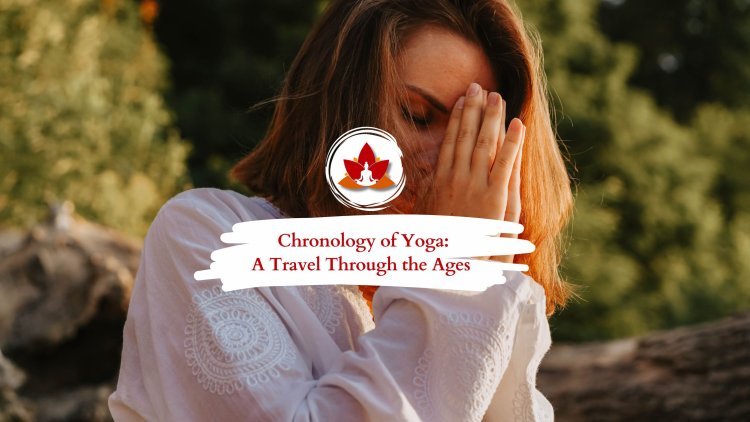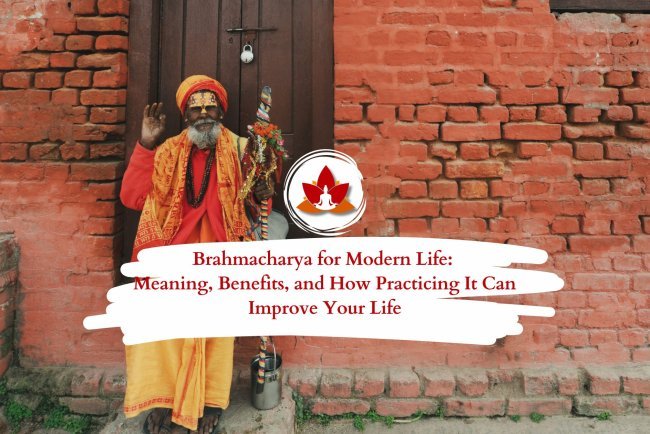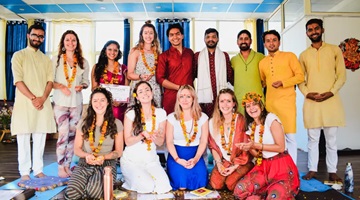History of Yoga: A Journey Through Time

Yoga is more than just a series of poses or stretches; it’s an ancient practice with deep philosophical and spiritual roots. As people around the world embrace this transformative discipline, many wonder about the history of yoga, where did yoga originate, and how old is yoga. In this comprehensive guide, we’ll explore yoga’s origin, trace its evolution through the centuries, and discover how it continues to thrive in modern times.
Where Did Yoga Originate?
Yoga is widely believed to have originated in the Indus Valley region (modern-day India and Pakistan) over 5,000 years ago. Archaeologists have uncovered seals depicting figures in yogic postures, hinting at an ancient connection to the practice we know today. These early findings suggest that yoga has been an integral part of spiritual and physical development in this region for millennia.
-
Ancient Indus Valley Civilization: Often cited as one of the world’s oldest urban cultures, the Indus Valley Civilization left behind artifacts and imagery that many interpret as evidence of early yogic rituals.
-
Vedic Traditions: The Vedic period (around 1500–500 BCE) introduced spiritual texts known as the Vedas. While not explicitly focused on yoga, the rituals, mantras, and hymns they contain laid the groundwork for meditative and spiritual practices that evolved into early forms of yoga.
Key Takeaway: Where does yoga originate from? Modern scholarship points to the Indus Valley Civilization, making India the birthplace and cultural epicenter of yoga.
How Old Is Yoga? Tracing the Early Origins
When asking how old is yoga, scholars often refer to its roots in ancient India, dating back approximately 5,000 years—though some suggest it could be even older. Understanding the timeline helps illuminate how yoga has been molded by cultural and historical shifts.
Pre-Vedic to Vedic Era (circa 3000–1500 BCE)
- Early references to yogic-like practices appear in archaeological finds, including the Indus Valley seals.
- The Vedas lay out spiritual concepts that underscore the importance of harmony, discipline, and a connection to a higher power.
Upanishadic and Epic Period (circa 800–400 BCE)
- The Upanishads (philosophical texts) introduced the concept of the inner self and meditation, steering yoga toward more introspective, spiritual practices.
- Epic scriptures like the Bhagavad Gita expound on concepts of duty (dharma), devotion (bhakti), and selfless action (karma)—principles still integral to yogic philosophy today.
Classical Period and Patanjali’s Yoga Sutras (circa 200 BCE–400 CE)
- Patanjali compiled the “Yoga Sutras,” a foundational text outlining the eight limbs of yoga (Ashtanga). These teachings emphasize moral discipline, breath control (pranayama), meditation (dhyana), and ultimately, spiritual enlightenment (samadhi).
The Evolution of Yoga Philosophies
Once rooted firmly in spiritual exploration and meditation, yoga branched into diverse philosophies over the centuries. As these practices spread across India, yogic traditions began to incorporate new perspectives, especially with the rise of Buddhism and Jainism. Here’s a closer look at the major evolutionary phases:
Bhakti and Tantric Movements
- Bhakti Yoga emphasized devotion to a personal deity and cultivated a heartfelt, loving approach to spirituality.
- Tantric Yoga included ritual practices, mantras, and a focus on awakening energy (kundalini) within the body.
Hatha Yoga (circa 9th–15th Century CE)
- Hatha Yoga is often what the modern world associates with physical postures (asanas), breathwork, and cleansing techniques. It was initially documented in texts like the “Hatha Yoga Pradipika.”
- The goal of Hatha Yoga was not solely physical fitness, but the purification of the body to enhance spiritual growth.
Yoga’s Globalization
- Indian monks, yogis, and teachers began traveling beyond India’s borders, sharing philosophical teachings and practical techniques.
- Western seekers who journeyed to India in search of spiritual enlightenment also brought yoga teachings back to Europe and the Americas.
Yoga in the Modern Era
The late 19th and early 20th centuries saw a surge of interest in yoga from Western audiences, who were fascinated by its holistic approach to mental and physical well-being.
Influential Yogis and Gurus
- Swami Vivekananda (1863–1902) was instrumental in introducing the philosophy of yoga to the West, notably during the 1893 Parliament of the World’s Religions in Chicago.
- Sri Tirumalai Krishnamacharya (1888–1989) is often called “the Father of Modern Yoga.” He taught influential figures like B.K.S. Iyengar, Pattabhi Jois (Ashtanga Yoga), and Indra Devi, who popularized Hatha Yoga worldwide.
Popular Yoga Styles Today
- Hatha Yoga: The foundation for many modern yoga styles, focusing on gentle to moderate-paced postures.
- Vinyasa Flow: Emphasizes a dynamic flow from one pose to another, coordinated with the breath.
- Iyengar Yoga: Known for precise alignment and the use of props.
- Ashtanga Yoga: A rigorous sequence of postures linked with breath, taught in a traditional, structured method.
- Bikram/Hot Yoga: Practiced in a heated room to promote detoxification and flexibility.
Yoga’s Cultural Acceptance and Scientific Backing
- Researchers have documented numerous benefits of regular yoga practice, including reduced stress, improved flexibility, enhanced mental clarity, and better cardiovascular health.
- Yoga is widely embraced by holistic health communities and mainstream fitness programs, cementing its role as a global phenomenon.
The Enduring Legacy of Yoga
Despite its evolution over thousands of years, yoga’s core purpose remains steadfast: promoting a balanced union between the mind, body, and spirit. From its humble beginnings in the Indus Valley to modern studios bustling with eager practitioners, the history of yoga underscores its timeless appeal and adaptability.
-
Global Spread: Yoga studios, online classes, and international retreats have made yoga accessible to virtually everyone.
-
Holistic Wellness: Yoga’s emphasis on mental well-being, mindfulness, and spiritual growth resonates in a world seeking stress relief and inner peace.
-
Continuing Evolution: New styles and variations continue to emerge, yet the foundational principles rooted in ancient practices ensure yoga’s authentic core remains intact.
Conclusion
Yoga’s journey from the ancient Indus Valley civilizations to your neighborhood yoga studio is a testament to its enduring power and universal appeal. By understanding the history of yoga—including where did yoga originate and how old is yoga—we gain a deeper appreciation for a practice that transcends cultures, geographies, and eras. Whether you’re just beginning your practice or are a seasoned yogi, reflecting on the yoga origin story can enrich your experience and foster a stronger connection to this timeless tradition.
Quick FAQs
-
Where does yoga originate from?
Yoga originated in the Indus Valley region, located in modern-day India and Pakistan. Archaeological evidence suggests yogic practices date back over 5,000 years. -
How old is yoga?
Yoga is believed to be at least 5,000 years old, based on ancient artifacts, texts, and historical references. -
What are the foundational texts of yoga?
Key texts include the Vedas, the Upanishads, the Bhagavad Gita, and Patanjali’s Yoga Sutras. These works form the philosophical and spiritual core of yoga practice. -
How did yoga become popular worldwide?
Influential yogis, including Swami Vivekananda and Krishnamacharya, brought yoga teachings to the West in the late 19th and early 20th centuries. Today, diverse styles and practices have made yoga a global phenomenon. - What is the main focus of yoga?
While often associated with physical postures, yoga aims to harmonize the mind, body, and spirit, promoting holistic well-being and inner peace.
What's Your Reaction?
























